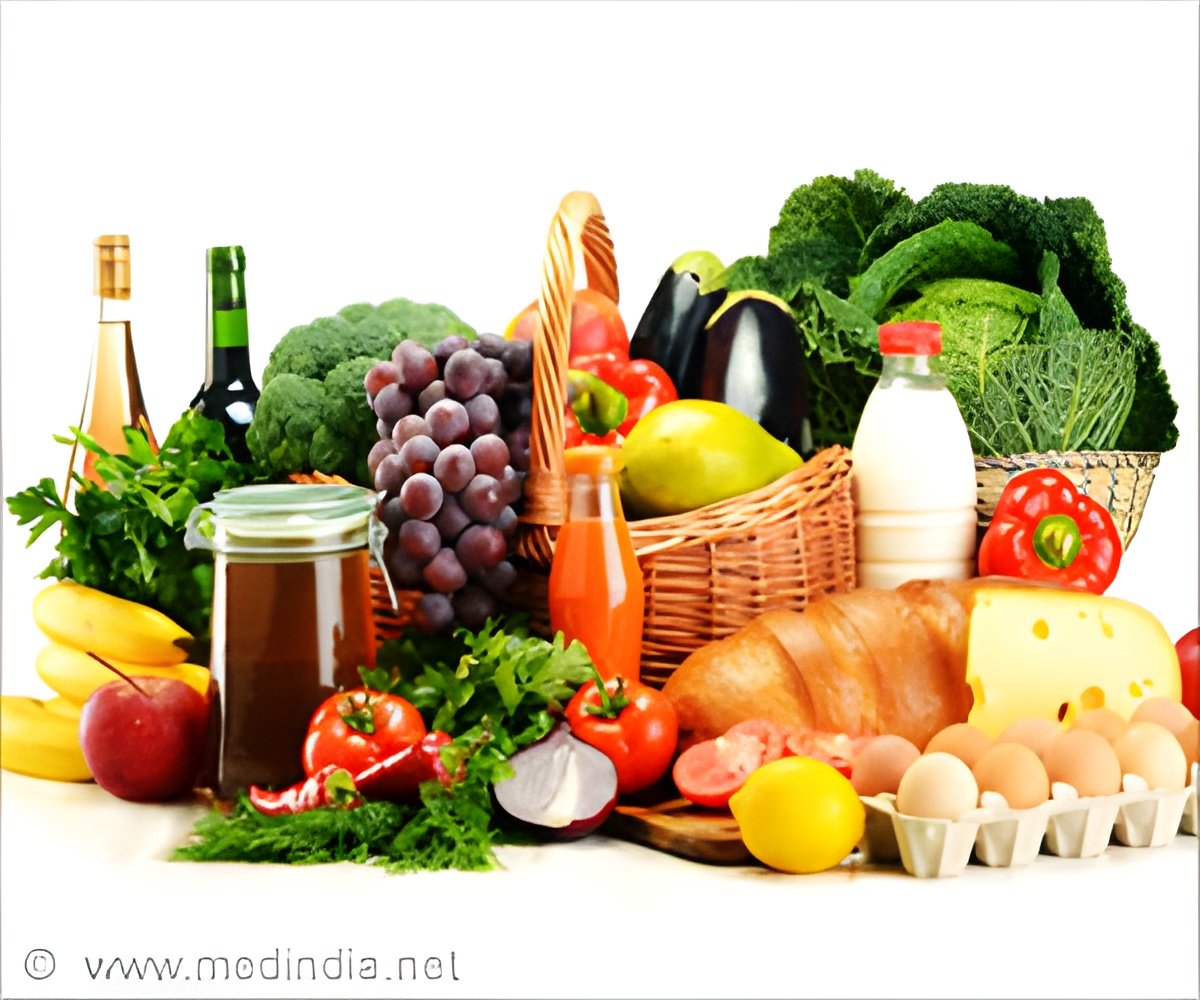
The top foods wasted, by weight, are fruits and vegetables, due in part to their perishability and bulk. Food waste costs Americans $161.6 billion annually. The findings were published in the journal PLOS ONE.
"Americans perceive themselves as wasting very little food, but in reality, we are wasting substantial quantities," said study leader Roni Neff.
"It happens throughout the food chain, including both a lot of waste by consumers, and a lot on our behalf, when businesses think we won’t buy imperfect food. The root causes are complex," Neff added.
This first nationally representative consumer survey focused on wasted food sheds some light on factors affecting consumers’ waste.
The survey, administered to 1,010 American consumers in April 2014, covered awareness, knowledge, attitudes and behaviors related to wasted food.
Advertisement
Instead, respondents said that saving money and setting a positive example for children were the top motivators for wanting to throw out less food.
Advertisement
While consumers should never be encouraged to eat potentially unsafe food, they can prevent waste by planning meals and portion sizes ahead, only buying and cooking what they need, working to use what they have on hand before it spoils, and freezing what they can’t use.
Of note, 41 percent of those who composted were not concerned about how much food they wasted.
"For educators working to reduce food waste, a key finding is that highlighting financial savings may resonate more with consumers than other types of messaging. But there is still a need to explain the environmental effects of wasting food," Neff said.
"For policymakers, our findings suggest a priority on making date labels clear and consistent and encoding sell-by labels so they do not mislead consumers."
"And for businesses, the survey highlights changes consumers want, like offering re-sealable bags and smaller product sizes, and discounting damaged or near-expiration foods," the researcher said.
In 2010, wasted food cost American consumers $161.6 billion, and also placed a huge drain on the environment when approximately 30 percent of the fertilizer, 35 percent of the fresh water and 31 percent of the cropland in the US was used to grow food that was eventually wasted.
Source-IANS















